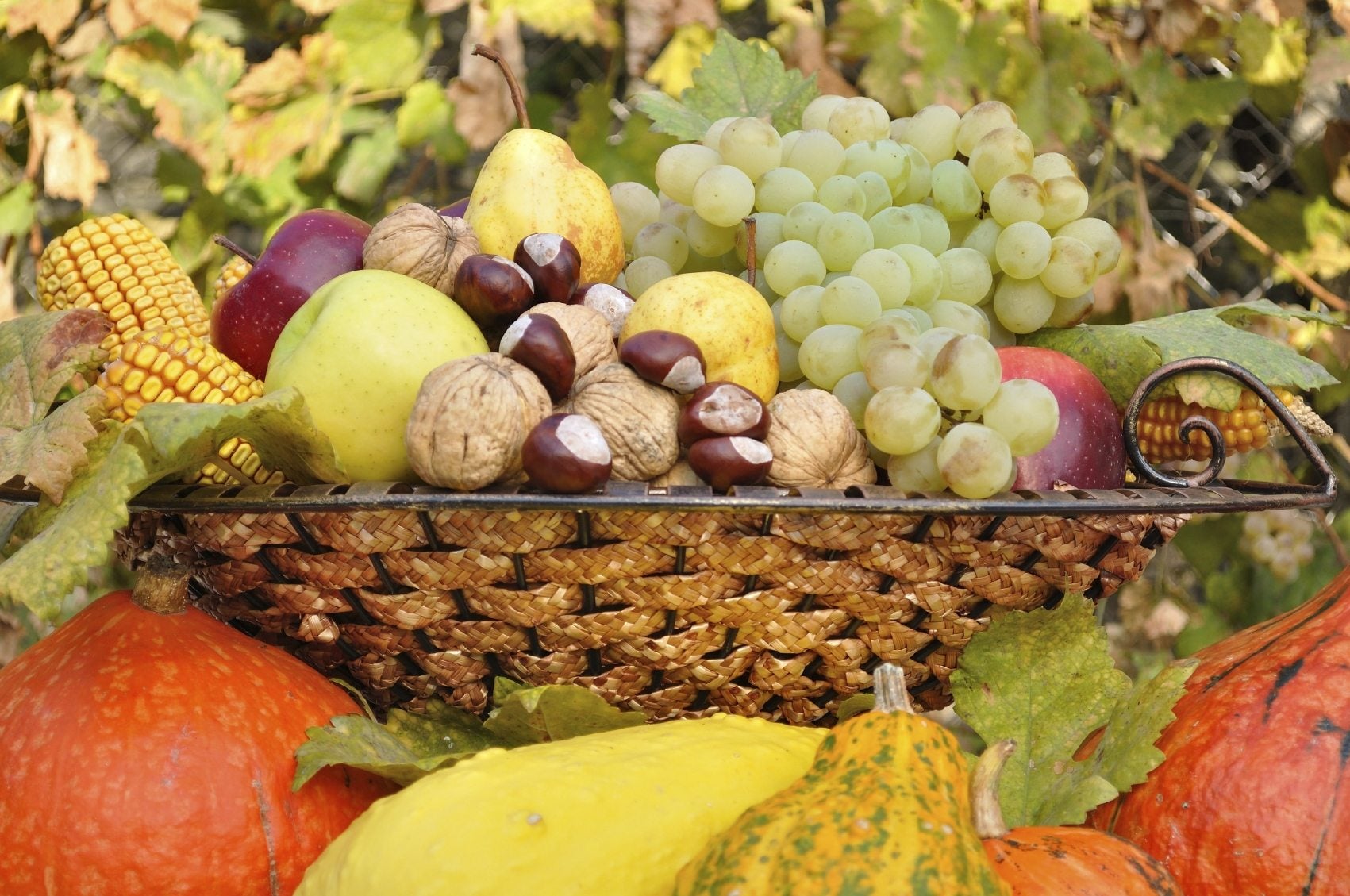
It's time to dispel the myth, unravel the mystery, and clear the air once and for all! We all know some of the most common types of fruit, but the actual botanical classification of fruits contain some surprises. So what are the different fruit types? What actually makes a fruit, well, a fruit?
What is a Fruit?
Fruits are the reproductive organs produced by flowering plants that contain seeds. So a fruit is basically an enlarged ovary that develops after the flower has been pollinated. The seeds develop and the extraneous parts of the flower drop off, leaving the immature fruit which gradually ripens. Then we eat it. This description encompasses nuts as well as many fruits previously (even currently) referred to as vegetables-- like tomatoes.
Different Fruit Types
Fruits consist of an outer layer called the pericarp, which encloses the seed or seeds. Some fruits have a fleshy, juicy pericarp. These include fruits such as:
Others have dry pericarps and these include nuts and milkweed pods. Simply put, there are two common types of fruit classifications: those that are fleshy and those that are dry. Then there are the subdivisions under each of those categories.
Classification of Fruits
Fruit varieties are further classified depending upon their different seed dispersal methods. For instance, in fleshy fruits, seeds are dispersed by animals that eat the fruit and then excrete the seeds out.
Other fruit seeds are dispersed by catching onto the fur or feathers of animals and later dropping off, while other plants, such as witch hazel or touch-me-not, produce fruits that rather spectacularly explode. Anyway, I think I digress a bit, so back to the different types of fruit classification. Fleshy fruits are classified into several types:
- Drupes - A drupe is a fleshy fruit that has one seed surrounded by a bony endocarp, or the inner wall of the pericarp, which is sweet and juicy. Drupe fruit varieties include plums, peaches, and olives-- basically all pitted fruit.
- Berries - Berries on the other hand have several seeds with a fleshy pericarp. These include tomatoes, eggplants, and grapes.
- Pomes - A pome has many seeds with fleshy tissue surrounding the pericarp that is sweet and juicy. Pomes include apples and pears.
- Hesperidia and Pepos - Both the hesperidium and pepo fleshy fruits have a leathery rind. Hesperidium includes citrus fruits like lemons and oranges, while the pepo fruits include cucumbers, cantaloupes, and squash.
Dry fruits are classified into categories such as:
Sign up for the Gardening Know How newsletter today and receive a free copy of our e-book "How to Grow Delicious Tomatoes".
- Follicles - Follicles are pod-like fruits that contain many seeds. These include milkweed pods and those of the magnolia.
- Legumes - Legumes are pod-like as well, but open along two sides releasing several seeds and include peas, beans, and peanuts.
- Capsules - Lilies and poppies are plants that produce capsules, which are notable by opening along three or more lines at the top of the fruit to release their seeds.
- Achenes - Achenes have a single seed, fairly loosely held within, except for one small moorage called the funiculus. The sunflower seed is an achene.
- Nuts - Nuts such as acorns, hazelnuts, and hickory nuts are similar to the achene except their pericarps are hard, fibrous, and composed of a compound ovary.
- Samaras - Ash and elm trees produce samaras which are modified achene that have a flattened, “wing” portion of the pericarp.
- Schizocarps - Maple trees produce winged fruit as well but it is referred to as a schizocarp, as it is composed of two parts that later split into single seeded portions. Most schizocarps are not winged and are found amongst the parsley family; the seed generally splits into more than two parts.
- Caryopses - A caryopsis has a single seed wherein the seed coat is adhered to the pericarp. Among these are plants in the grass family such as wheat, corn, rice, and oats.
The exact categorization of fruits can be a little confusing and has no bearing on the long held belief that a fruit is sweet while a vegetable is savory. Basically, if it has seeds, it's a fruit (or an ovary such as nuts), and if not, it's a vegetable.

Amy Grant has been gardening for 30 years and writing for 15. A professional chef and caterer, Amy's area of expertise is culinary gardening.
